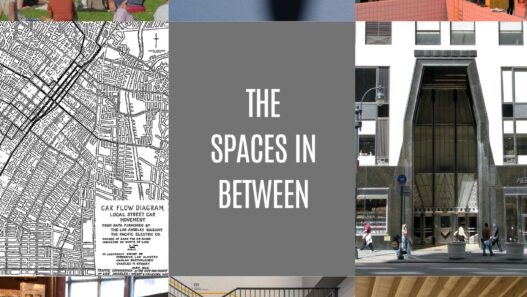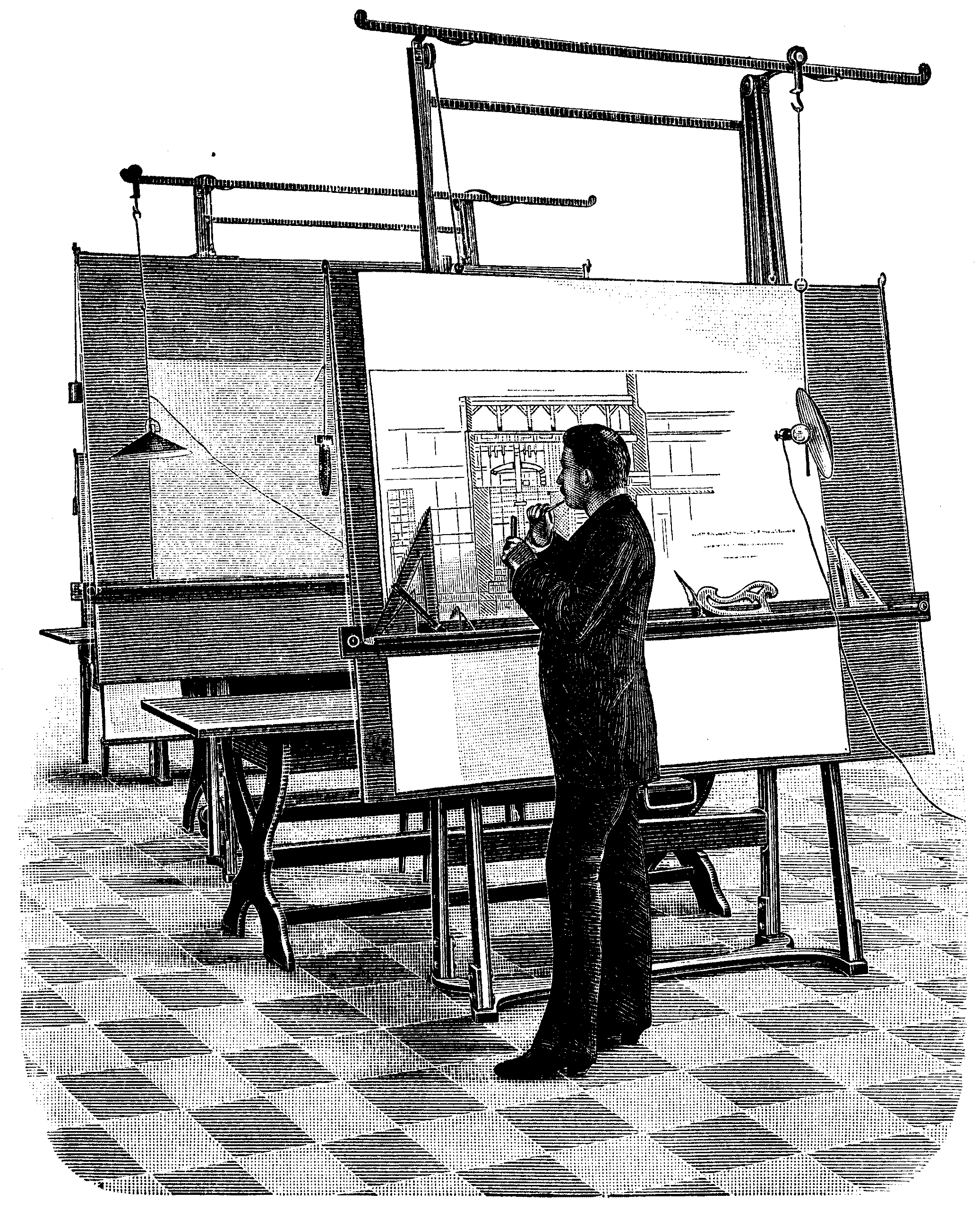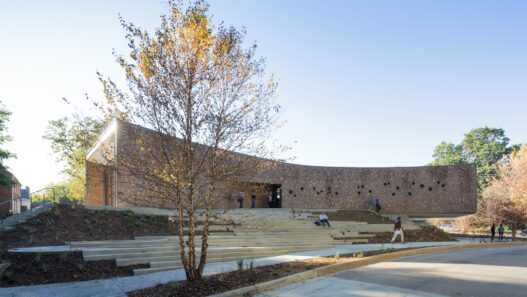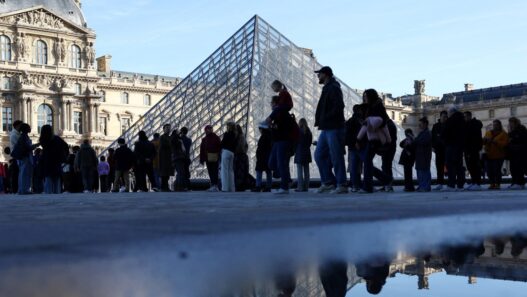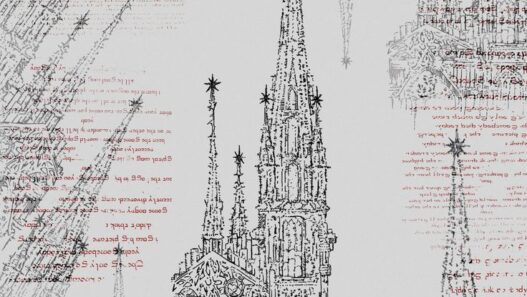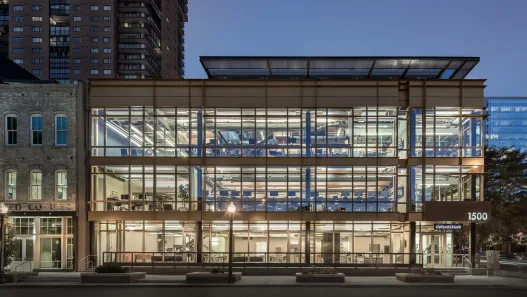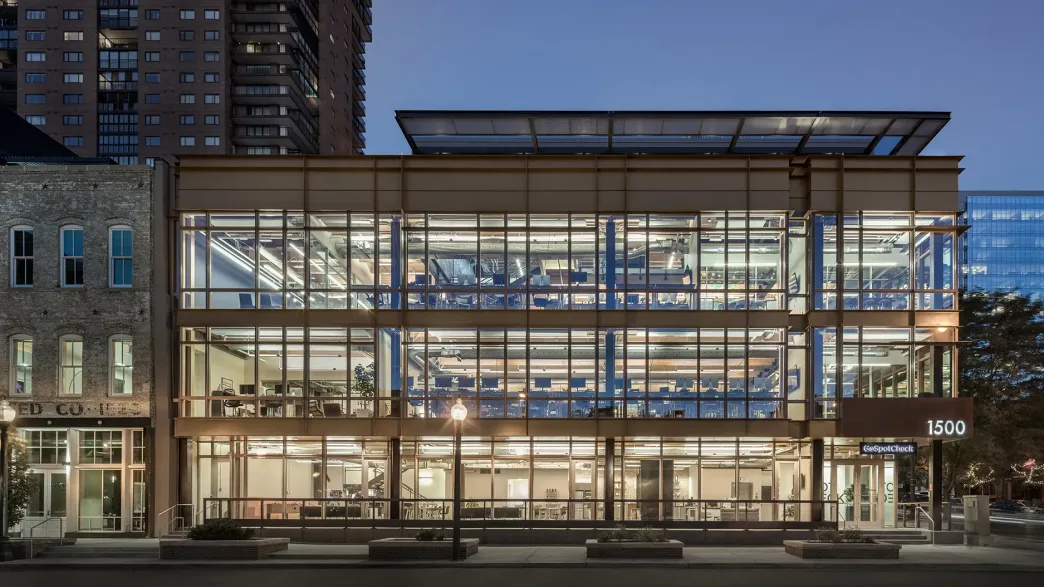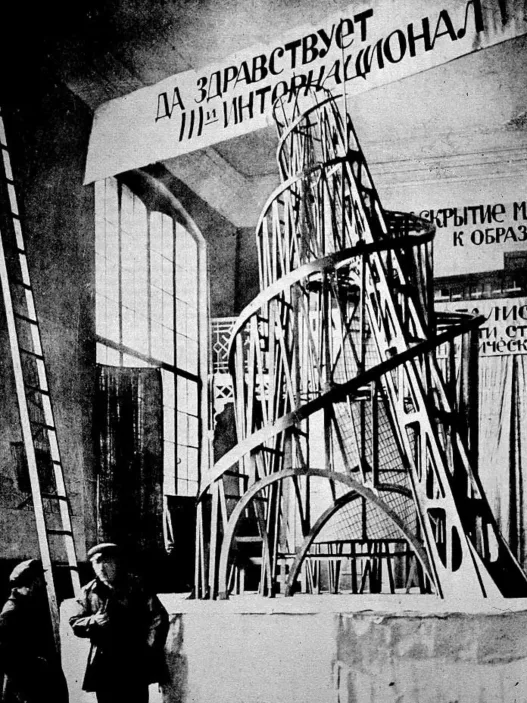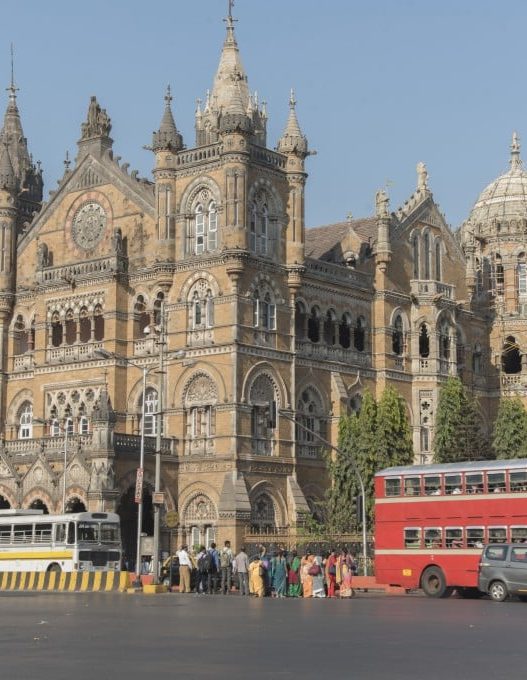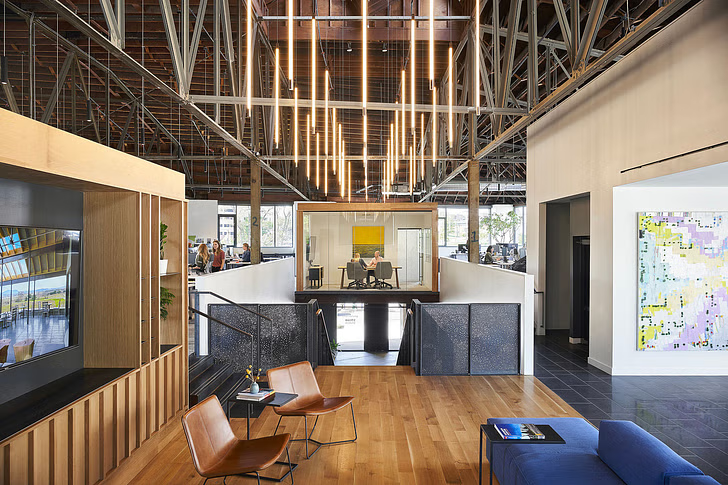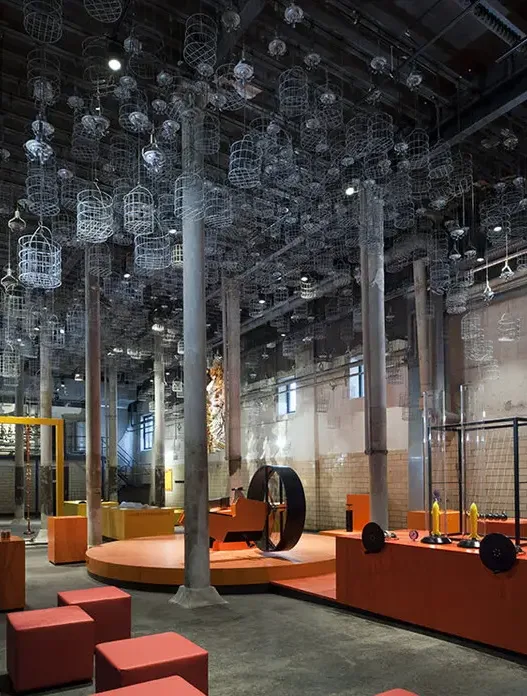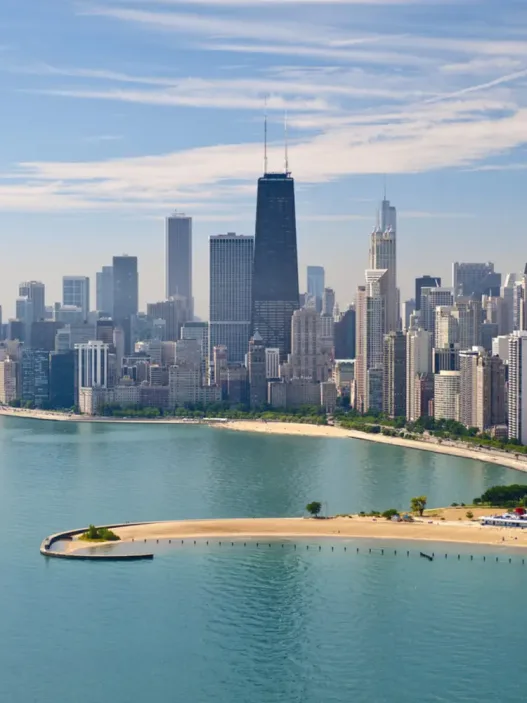Architectural heritage represents the physical manifestations of our history, culture and identity. It encompasses buildings, structures and sites of significant historical, aesthetic or cultural value. In a constantly evolving world, the role of architects is becoming crucial not only to preserve these heritages, but also to integrate innovative designs that respect and enhance our architectural heritage.Mimari miras, tarihimizin, kültürümüzün ve kimliğimizin fiziksel tezahürlerini temsil eder. Önemli tarihi, estetik veya kültürel değere sahip binaları, yapıları ve alanları kapsar. Sürekli gelişen bir dünyada, mimarların rolü sadece bu mirasları korumak değil, aynı zamanda mimari mirasımıza saygı duyan ve onu geliştiren yenilikçi tasarımları entegre etmek açısından da çok önemli hale gelmektedir.
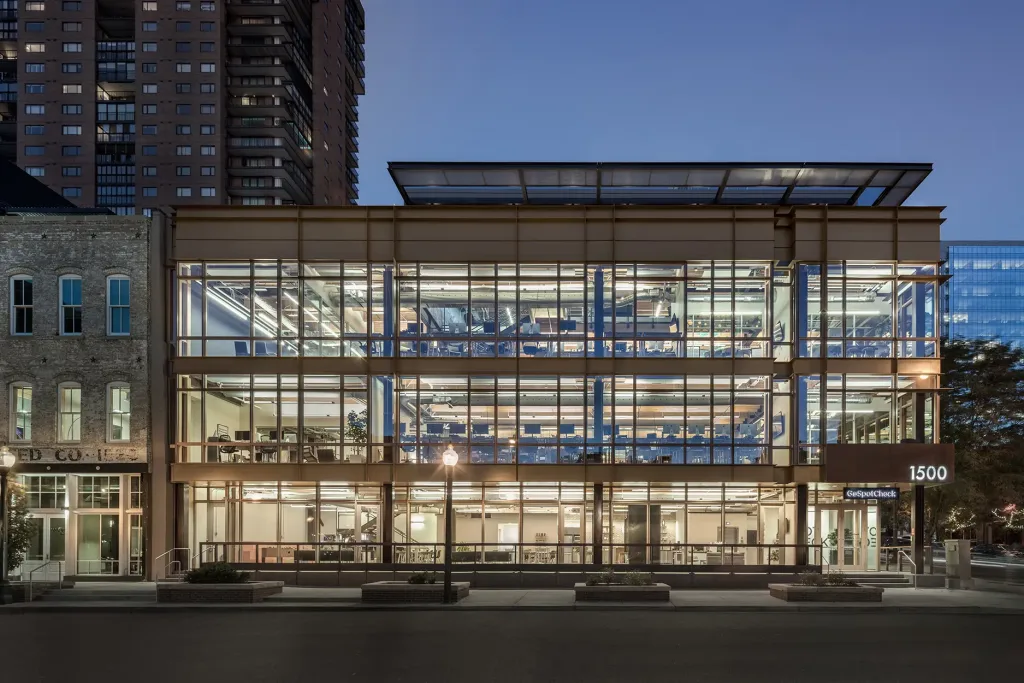
Definition of Architectural Heritage
Architectural heritage refers to a collection of structures and environments that exhibit the values, beliefs and practices of a particular time and place. It includes historic buildings, monuments and urban landscapes that tell the story of human achievement and creativity. These sites can range from ancient temples and castles to modernist masterpieces, all contributing to the fabric of human experience.
The Importance of Conservation
The preservation of architectural heritage is vital for many reasons. Firstly, it maintains the link between past and present, allowing future generations to understand and appreciate their cultural roots. Secondly, historic structures often serve as educational resources, providing insight into architectural styles, construction techniques, and social norms of their time. Moreover, protected areas can be economic assets by attracting tourism and increasing community pride.
Historical Context
Throughout history, architectural styles have evolved to reflect changing tastes, technologies and cultural values. From the splendour of ancient Roman architecture to the simplicity of Scandinavian designs, each period has added unique elements to our built environment. However, the rapid pace of urban development and modernisation has often posed threats to these historic sites. Understanding the context in which these structures were built is crucial for architects as it informs approaches to conservation and innovation.
Challenges in Conservation
Architectural heritage conservation is not without its challenges. Many historic buildings are subject to deterioration due to age, neglect and environmental conditions. In addition, urbanisation and economic pressures often lead to the demolition of older structures to make way for new developments. Architects must overcome these obstacles by balancing the need for modernisation with the imperative to preserve historic integrity. This often involves creative problem solving, as they seek to integrate new functions into existing frameworks without compromising their historical essence.
Responsibilities of Architects
Architects play an important role in both preserving and innovating architectural heritage. Their responsibilities extend beyond just design; they act as custodians of history, ensuring that the narratives embedded in buildings are honoured and sustained. This involves conducting extensive research, collaborating with historians and preservationists, and engaging with local communities to understand the significance of a site. By creatively redesigning spaces, architects can breathe new life into old buildings, making them relevant and functional for contemporary use while respecting their historic context.
Consequently, the interaction between conservation and innovation in architecture is a dynamic and necessary endeavour. By preserving our architectural heritage, architects not only honour the past, but also pave the way for future generations to appreciate and learn from it, creating a harmonious blend of history and modernity.
Architecture is not just about constructing buildings; it is a dialogue between the past and the present. Architects act as guardians of history, honouring the stories embedded in buildings while pushing the boundaries of innovation. This delicate balance between preservation and modernity shapes our cities and communities, making them vibrant and meaningful. In this research, we examine the innovative approaches that architects use to respect historic design while embracing new ideas and technologies.
Innovative Approaches to Historic Design
In the field of architecture, innovative approaches to historic design allow for a respectful integration of old and new. This creative process not only revitalises aging structures, but also gives them a contemporary meaning. Using a variety of methods, architects can preserve the essence of historic buildings and breathe new life into them.
Adaptive Reuse
One of the most intriguing strategies in modern architecture is adaptive reuse. This approach involves repurposing old buildings for new functions without compromising their historical integrity. For example, an abandoned factory can be transformed into a vibrant community centre or a stylish loft apartment. This not only conserves resources and minimises waste, but also preserves the narrative of the building’s original purpose. Adaptive reuse is a sustainable practice that connects communities to their heritage, allowing the past to coexist meaningfully with the present.
Consider the High Line in New York, which transformed a former elevated railway into a public park. This project not only preserved a piece of industrial history, but also created a unique urban space that encourages community interaction and environmental appreciation. Such examples illustrate how adaptive reuse can revitalise spaces while honouring their historical significance.
Modern Materials and Techniques
Today’s architects are equipped with a range of modern materials and techniques that enable them to innovate without erasing history. The careful combination of traditional materials with contemporary materials can create striking contrasts that celebrate both eras. For example, using glass or light steel alongside brick or stone can emphasise the original structure while introducing modern design elements.
This practice can be observed in the renovation of historic buildings, where architects use modern insulation and energy-efficient windows to improve the performance of the building without changing its external appearance. This careful combination of materials not only respects the original architecture, but also improves functionality, making historic buildings more relevant to today’s needs.
Sustainable Design Practices
Sustainability is at the forefront of architectural innovation, and this is especially true when working with historic buildings. Architects are increasingly focussing on green design principles, which include using environmentally friendly materials and energy-efficient systems. For example, by integrating solar panels or green roofs, architects can increase a building’s sustainability while preserving its historic character.
A notable example is the restoration of the Tate Modern in London, where sustainable practices were used to transform a former power station into a world-renowned art museum. The project demonstrated how sustainable design can harmonise with historic architecture by applying energy-efficient technologies while maintaining the building’s industrial charm.
Technology Integration
The integration of technology into architectural design is revolutionising the way we approach historic buildings. Advanced tools such as Building Information Modelling (BIM) allow architects to visualise and manage the complexity of renovation projects with precision. This technology helps to preserve intricate details when planning changes that enhance the functionality of the building.
Moreover, smart technologies can be seamlessly incorporated into historic buildings. For example, automated lighting and climate control systems can be installed discreetly and optimise energy use without compromising the aesthetics of the building. This integration bridges the past and the future, ensuring that historic spaces remain suitable and comfortable for modern use.
Case Studies of Innovative Projects
The examination of specific case studies reveals the depth of creativity and thought in contemporary architectural practice. The transformation of the historic Central Market in Valencia, Spain, demonstrates how innovative design can reimagine a beloved public space. The renovation has preserved the original beauty of the market while introducing modern amenities to enhance the shopping experience.
Another striking example is the Louvre Abu Dhabi, which blends modern design with a rich cultural narrative. The museum’s dome, inspired by traditional Arabic architecture, creates a striking play of light and shadow while offering a contemporary interpretation of historic design. These projects exemplify how architects can innovate within the context of historical significance and, as a result, create spaces that resonate with both history and modernity.
As a result, the role of architects in preserving history while innovating is both profound and essential. Through adaptive reuse, modern materials, sustainable practices and technology integration, architects create spaces that honour the past while responding to the needs of the future. These innovative approaches ensure that our built environment remains a testament to our history and foster a sense of identity and continuity in an ever-changing world.
Architecture is a fascinating blend of art, science and history. It serves not only as a shelter, but also as a cultural narrative that reflects the values, aspirations and stories of a society. Architects play a crucial role in this narrative, balancing the need for modern innovation with the preservation of historic elements. This delicate dance between old and new shapes our cities, influences our experiences and enriches our lives.
Balance between Old and New
Balancing old and new in architecture is a complex task. It requires a deep understanding of history, cultural significance and contemporary needs. Architects must navigate between the complexity of preserving the essence of the past while integrating modern designs that meet today’s requirements. This balance is not only about aesthetics; it is about creating spaces that resonate with people and invite innovation while providing continuity.
Design Philosophy
An architect’s design philosophy is a fundamental aspect of their work and guides their approach to projects involving historic buildings. Many architects adopt a philosophy that honours the past while embracing change. This dichotomy encourages them to see old buildings not just as relics, but as living beings that can evolve. For example, contemporary interventions may involve adding modern materials or technologies while preserving the original character of the building. This philosophy encourages a dialogue between different eras, inviting users to appreciate the history embedded in the architecture around them.
Respecting the Historical Context
Respecting the historical context of a site is very important for architects. This means understanding the cultural, social and historical significance of a building or a neighbourhood. An architect should research the stories behind a building, the people who used it and the events it witnessed. For example, when revitalising a historic town centre, architects can ensure that new additions complement the original design while retaining key architectural elements such as facades or decorative details. This respect not only honours the past, but also enriches the identity of the community.
Coexistence of Styles
The coexistence of architectural styles is a hallmark of urban landscapes. In many cities you will find a mix of Gothic, Art Deco, Modernist and contemporary designs side by side. Architects play a critical role in ensuring that these different styles can coexist harmoniously. They often draw inspiration from historic styles while incorporating modern techniques. This approach can lead to innovative designs that respect traditional forms but break new ground. An example of this can be seen in the conversion of former industrial buildings into modern lofts, where the original brickwork is celebrated along with stylish glass additions.
Community Involvement
Community participation is essential in the architectural process, especially when it comes to historic sites. Architects should consider the voice and needs of the community they serve. By involving residents in the design process, architects can ensure that their projects resonate with the people who will use them. Engaging the community also fosters a sense of ownership and pride, making conservation efforts more meaningful. For example, community-led initiatives can help decide how to repurpose a historic site, ensuring that the new function is compatible with local needs and at the same time honours the heritage of the site.
Visual and Functional Coherence
Achieving visual and functional harmony is a critical aspect of architectural design. This involves creating spaces that are not only aesthetically pleasing, but also serve practical purposes. When integrating new designs with historic buildings, architects should ensure that the new elements enhance the functionality of the space without overshadowing the original architecture. For example, a modern addition to a historic library can feature contemporary reading areas that complement the splendour of the original structure, providing a seamless link between past and present. This harmony enriches the user experience, allowing people to appreciate both the beauty and usefulness of the space.
Ultimately, architects are vital in preserving history while embracing innovation. Their ability to balance old and new ensures that our built environment tells a rich story that honours the past while looking to the future. Through thoughtful design philosophy, respect for historical context and community engagement, architects create spaces that are not only functional but also deeply meaningful, fostering a sense of belonging and continuity in our rapidly changing world.
Architecture is a fascinating blend of art, science and history. Architects not only design buildings that meet modern needs, but also play a crucial role in preserving the stories of our past. This delicate balance between honouring historic structures and pushing the boundaries of innovation is what makes architecture a dynamic field. By understanding the importance of iconic architectural masterpieces, we can appreciate how architects preserve history while coming up with creative designs that resonate in contemporary society.
Architecture is a dance between past and future, where each building tells the story of its time. Architects play a vital role in this narrative, balancing the delicate task of preserving historic buildings while innovating for the needs of modern society. Their work is not only concerned with aesthetics, but also with cultural significance and sustainability. In exploring this dynamic relationship, we reveal how technology enhances preservation efforts and keeps history alive and relevant.
The Role of Technology in Preservation
In today’s world, technology is a powerful ally for architects committed to historic preservation. It offers tools and methods that not only preserve our architectural heritage, but also enable innovative approaches to restoration and adaptation. This combination of technology and tradition opens new ways to understand and experience our built environment.
Digital Documentation
Digital documentation is revolutionising the way we capture and preserve historic buildings. Thanks to high-resolution photographs, drones and laser scanning, architects can create detailed records of buildings. This documentation serves multiple purposes: it provides a basis for restoration projects, gives insight into construction techniques and creates a visual archive for future generations. For example, after the devastating fire at Notre-Dame Cathedral, digital records played a critical role in assessing the damage and planning the restoration. Thanks to precise measurements and imagery, the architects were able to develop an informed strategy for restoring the iconic structure while preserving its historic integrity.
3D Modelling and Reconstruction
3D modelling has changed the architects’ approach to conservation. By creating virtual representations of historic buildings, architects can explore various restoration scenarios without altering the physical structure. This technology allows simulations of how changes could affect the appearance and integrity of the building. Moreover, it can help plan new additions that are compatible with the old. A notable example is the reconstruction efforts of the ancient city of Pompeii, where 3D models have helped researchers and architects understand layout and design, guiding preservation efforts while encouraging public engagement and education.
Virtual Reality Experiences
Virtual reality (VR) offers an immersive experience that can bring history to life. Wearing a VR headset, users can walk through historic sites as they once were, exploring architectural details and understanding their significance. This technology not only enhances educational initiatives, but also allows architects to test design ideas against historical contexts. For example, VR experiences of ancient Rome take users back in time, providing insights into daily life and architectural styles. This innovative approach helps to appreciate historic buildings and promotes their preservation.
Online Archiving
The Internet has created new possibilities for the preservation of architectural history through online archiving. Digital platforms enable the sharing of architectural plans, photographs, and historical documents, making them accessible to a global audience. Organisations such as the Historic American Buildings Survey (HABS) provide comprehensive databases documenting the nation’s architectural heritage. This accessibility not only aids research and education, but also encourages community involvement in preservation efforts. By engaging the public with online resources, architects can inspire a collective responsibility for the preservation of historic sites.
Preservation Software Tools
Various software tools have emerged to assist architects in the conservation process. These tools range from Geographic Information Systems (GIS) that help to analyse site conditions to specialised conservation software that tracks the condition of materials over time. Such tools enable architects to make informed decisions based on data, ensuring that restoration efforts are both effective and sustainable. For example, preservation software can identify areas of a building that require immediate attention, allowing architects to prioritise their efforts and allocate resources efficiently.
As a result, technology is reshaping the field of architectural conservation. Thanks to digital documentation, 3D modelling, virtual reality, online archiving and specialised software, architects are equipped to preserve our historic treasures while embracing innovation. This harmonious mix ensures that the stories of our past are not only preserved, but also celebrated and understood in new and engaging ways. Looking to the future, architects will continue to play a critical role in preserving our architectural heritage, ensuring that it remains a vital part of our cultural identity.
The field of architecture has always been a dynamic interaction between the past and the future. Architects serve as custodians of history, but they have also been pioneers of innovation. Their unique position allows them to honour the architectural heritage that has shaped our environment and at the same time push the boundaries of design to meet contemporary needs. This balance is necessary not only for aesthetic and cultural reasons, but also to ensure that our built environments are sustainable and relevant in a rapidly changing world.
Future Trends in Architecture and Conservation
Looking to the future, several trends are emerging, reflecting a growing awareness of the need to harmonise architectural innovation with historic preservation. These trends emphasise the ways in which architects are redefining their roles and responsibilities in the context of changing societal needs and environmental challenges.
Biophilic Design
Biophilic design emphasises the human connection to nature and advocates spaces that enhance our relationship with the natural world. This approach recognises that incorporating natural elements such as light, plants and natural materials into architecture can significantly improve our well-being. In urban environments where green spaces are often limited, architects are finding creative ways to integrate biophilia. For example, buildings with living walls or rooftop gardens not only preserve biodiversity, but also offer residents a piece of nature in their daily lives. This trend reflects a broader understanding of the importance of mental health and environmental management and shows how architects can innovate while respecting the essence of place.
Smart Cities and Urban Planning
The rise of smart cities represents a transformative approach to urban planning, where technology and architecture come together to create more efficient, sustainable environments. Architects are at the forefront of this revolution by designing structures that are not only functional but also integrated with smart technologies. For example, buildings equipped with sensors can monitor energy use and optimise resources in real time, reducing waste and improving the quality of life of occupants. This trend also emphasises the preservation of historic sites within urban frameworks, ensuring that innovation does not come at the expense of cultural heritage. By blending cutting-edge designs with historical context, architects can create urban spaces that honour the past while embracing the future.
Climate Flexibility in Architecture
As climate change poses significant threats to many regions, architects are increasingly focussing on climate resilience. This includes designing buildings and communities that can withstand environmental challenges such as flooding, severe weather and rising temperatures. For example, elevating structures in flood-prone areas or using materials that can withstand extreme temperatures are practical steps architects are taking to protect both new and existing buildings. In addition, preserving historic structures by retrofitting them for energy efficiency not only honours their heritage, but also ensures that they remain functional and relevant in a changing climate. This trend reflects the commitment to sustainability and the awareness of architects of their responsibilities towards future generations.
Global Co-operation in Conservation
In an increasingly interconnected world, global co-operation has become an important aspect of architectural conservation. Architects, historians and local communities are coming together across borders to share knowledge and resources in cultural heritage conservation. Projects such as the restoration of ancient ruins or the revitalisation of historic neighbourhoods benefit from different perspectives and expertise. International workshops and conferences, for example, enable architects to learn about different conservation techniques and technologies that can be adapted to their local context. This collaborative spirit not only improves the quality of conservation work, but also fosters a sense of global citizenship and shared responsibility for our architectural heritage.
Education and Advocacy for Future Generations
As the world of architecture continues to evolve, education and advocacy play a critical role in shaping the next generation of architects. Programmes that emphasise the importance of historic preservation alongside innovative design encourage students to think critically about their impact on the built environment. By integrating conservation principles into the architectural curriculum, educational institutions can inspire future architects to approach their work from a balanced perspective. Advocacy efforts, whether through community engagement or policy initiatives, further empower architects to champion the importance of preserving our cultural heritage. This proactive stance ensures that as we innovate, we also honour the stories and structures that came before us.
Ultimately, the future of architecture lies at the intersection of innovation and conservation. By embracing trends such as biophilic design, smart city planning, climate resilience, global co-operation and education, architects can ensure that they play a vital role in shaping environments that respect history while meeting the needs of tomorrow. This holistic approach not only enriches our built environments, but also enables us to connect more deeply with the places we live.



